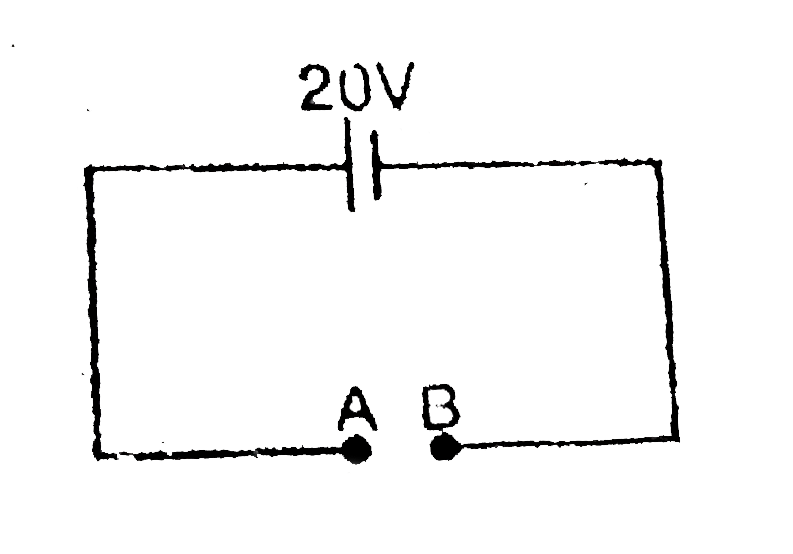Determine True or False. Electrons in a conductor have no motion in the absence of a potential difference across it.
To determine whether the statement "Electrons in a conductor have no motion in the absence of a potential difference across it" is true or false, we can analyze the behavior of electrons in a conductor.
1. Understanding Electron Motion in Conductors:
- In a conductor, there are free electrons that can move. These electrons are not fixed in place and can move under certain conditions.
2. Thermal Motion of Electrons:
- Even in the absence of an external potential difference (voltage), the electrons in a conductor are still in motion due to thermal energy. This is known as thermal motion. The thermal energy causes the electrons to move randomly within the conductor.
3. Potential Difference and Electron Drift:
- A potential difference across a conductor causes a net movement (drift) of electrons in a specific direction, resulting in an electric current. However, this does not mean that electrons are completely at rest without a potential difference.
4. Conclusion:
- Since electrons exhibit thermal motion even without a potential difference, the statement that "Electrons in a conductor have no motion in the absence of a potential difference across it" is false.
Final Answer:
The statement is False.
---
- In a conductor, there are free electrons that can move. These electrons are not fixed in place and can move under certain conditions.
- Even in the absence of an external potential difference (voltage), the electrons in a conductor are still in motion due to thermal energy. This is known as thermal motion. The thermal energy causes the electrons to move randomly within the conductor.
- A potential difference across a conductor causes a net movement (drift) of electrons in a specific direction, resulting in an electric current. However, this does not mean that electrons are completely at rest without a potential difference.
- Since electrons exhibit thermal motion even without a potential difference, the statement that "Electrons in a conductor have no motion in the absence of a potential difference across it" is false.
The statement is False.
Topper's Solved these Questions
- CURRENT ELECTRICITYBook:DC PANDEY ENGLISHChapter:CURRENT ELECTRICITYExercise:Level 2 Single Correct
Explore 26 Videos
- CURRENT ELECTRICITYBook:DC PANDEY ENGLISHChapter:CURRENT ELECTRICITYExercise:Level 2 More Than One Correct
Explore 10 Videos
- CURRENT ELECTRICITYBook:DC PANDEY ENGLISHChapter:CURRENT ELECTRICITYExercise:OBJECTIVE_TYPE
Explore 1 Video
- COMMUNICATION SYSTEMBook:DC PANDEY ENGLISHChapter:COMMUNICATION SYSTEMExercise:Subjective
Explore 11 Videos
- ELECTROMAGNETIC INDUCTIONBook:DC PANDEY ENGLISHChapter:ELECTROMAGNETIC INDUCTIONExercise:Medical entrances gallery
Explore 25 Videos
Similar Questions
Find the potential difference across C2.

View SolutionAssertion : Inside a conductor, electrons have no motion in the absence of some potential difference across it.
Reason : In the absence of potential difference no electrostatic force will act on the electrons inside the conductor.
View SolutionIn the network shown below , potential difference across CD is

View SolutionIn the circuit shown in figure potential difference across

View SolutionName a device that helps to maintain a potential difference across a conductor.
View SolutionThe average velocity of electrons in a conductor in the absence of electric field is
View SolutionIn the shown circuit, what is the potential difference across A and B

View SolutionHow does the mobility of electrons in a conductor change, if the potential difference applied across the conductor is doubled, keeping the length and temperature of the conductor constant ?
View SolutionHow is the current flowing in a conductor changed if the resistance of conductor is doubled keeping the potential difference across it the same ?
View SolutionDerive the expression for the current density of a conductor in terms of the conductivity and applied electic field. Explain with reason how the mobility of electrons in a conductor changes when the potential difference applied is doubled, keeping the temperature of the conductor constant.
View Solution